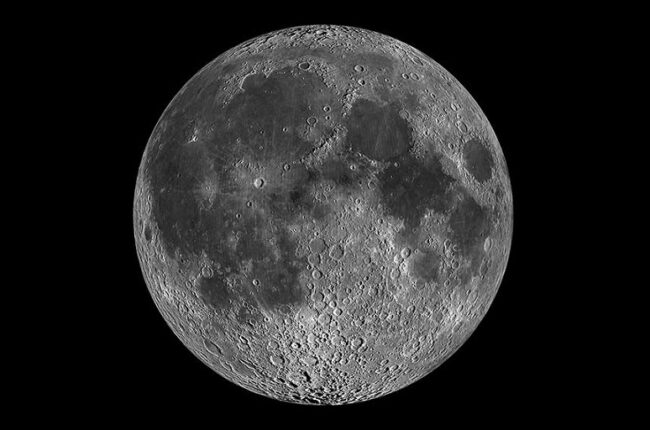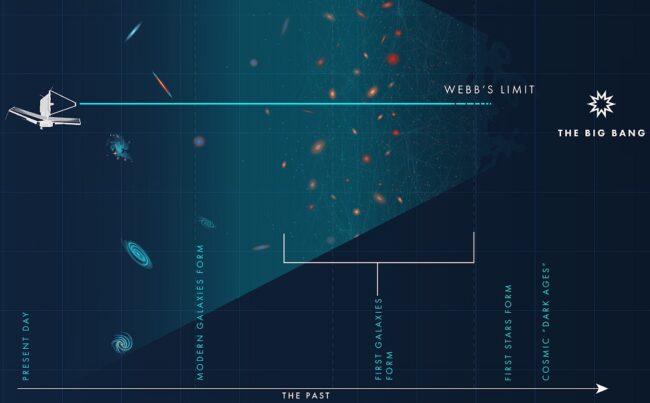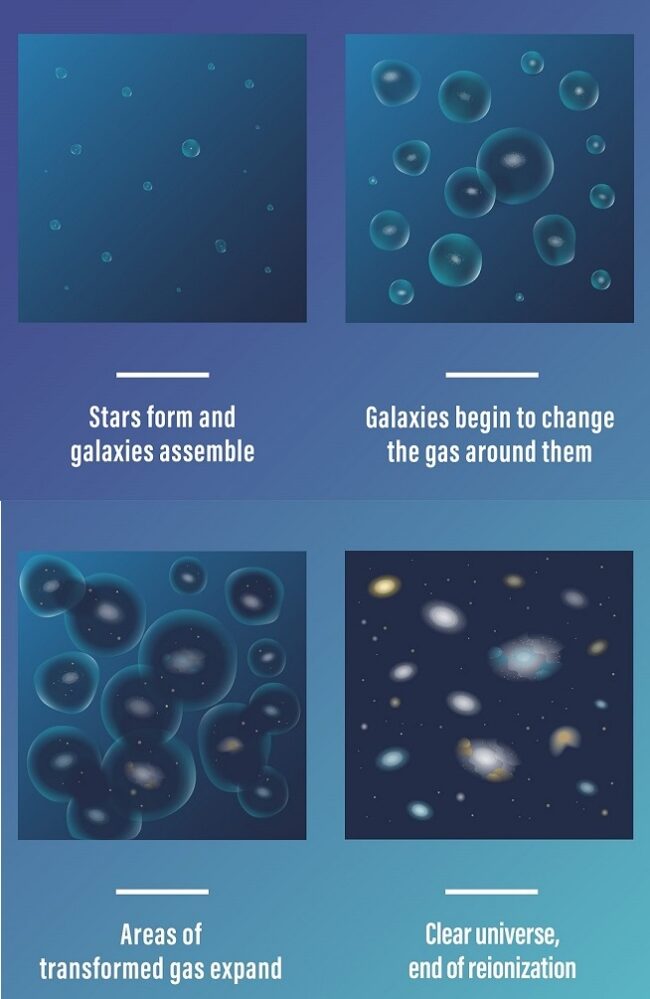Telescopes can be time machines. Looking out in space is like looking back in time. It sounds magical, but it’s actually very simple: Light needs tim
Telescopes can be time machines. Looking out in space is like looking back in time. It sounds magical, but it’s actually very simple: Light needs time to travel across the vast distances of space to reach us.
Light waves move extremely fast, about 186,000 miles (300,000 kilometers) per second, every second. Light moves so fast that as we go about our daily lives, it appears to travel instantaneously from one place to another. For example, it takes only a few billionths of a second for light to travel across a room once a lamp is switched on, reported NASA.gov.

In space, however, the distances are so immense that the time light takes to travel is noticeable.
The Moon is Earth’s closest companion, at about 239,000 miles (390,000 kilometers) away. Light takes around 1.3 seconds to travel the distance to Earth. When we look up at the sky, we see the Moon as it was 1.3 seconds earlier, reported NASA.gov.

Similarly, light from the planet Neptune takes about four hours to cross the solar system, so we say Neptune is four light-hours away.
Across our Milky Way galaxy, distances are measured in terms of how many years it takes light to travel. The nearest star is over four light-years away. When we look at that nearest star, we see it not as it is today, but as it was four years ago. We are seeing the light that left that star four years previously and is just reaching us now, reported NASA.gov.

Galaxies are yet farther away in both space and time. Our nearest large neighbor galaxy, Andromeda, is about 2.5 million light-years away. The Virgo Cluster of galaxies is the largest nearby collection of galaxies, at about 60 million light-years from the Milky Way. The light we see today from galaxies in the Virgo Cluster started on its path toward us at the same time as the age of the dinosaurs was ending on Earth. If you were in a Virgo Cluster galaxy today, and you had a telescope powerful enough to study the Earth, you would be able to see the prehistoric reptiles.
Very distant galaxies are billions of light-years away. At that distance, their light tells what the universe was like billions of years ago. Since the age of the universe is about 13.8 billion years, these distant observations allow astronomers to measure changes over the lifetime of the universe, reported NASA.gov.

How the Webb sees back in time
Graphic titled “Seeing the Past” with text and diagrams. A white icon representing the Webb Space Telescope is at top left.
In the middle, time and space are represented as a transparent blue funnel that is wide at left and narrow at right.
At the bottom is another line pointing right. From left to right, it reads, Present Day, Modern Galaxies Form, First Galaxies Form, First Stars Form, and Cosmic “Dark Ages.” Toward the top right, the tip of the funnel is labeled, the Big Bang.
In the funnel illustration, the region between Present Day and Modern Galaxies Form is represented with spiral, elliptical, linear, and irregular shapes that represent galaxies. The shapes are relatively bright, large, and far apart.
The Modern Galaxies Form portion of the diagram is represented with similar spiral, elliptical, and linear shapes, but they are fainter, smaller, and closer together.
The First Galaxies Form portion of the graphic is illustrated with fuzzy red elliptical shapes, small blue dots, and a tangle of faint blue lines. The shapes decrease in size, brightness, and distance apart from the top to the bottom portion of this section.
The First Stars Form portion of the graphic is in a very narrow region of the funnel and is illustrated with faint wisps of lighter blue within darker blue.

The Cosmic “Dark Ages” portion of the graphic is indistinguishable from the dark blue background.
A solid horizontal blue line extends from Webb to the top of the First Galaxies Form portion of the graphic, and is labeled “Webb’s Limit”, as reported by NASA.gov.
All Credit To: NASA.gov





COMMENTS